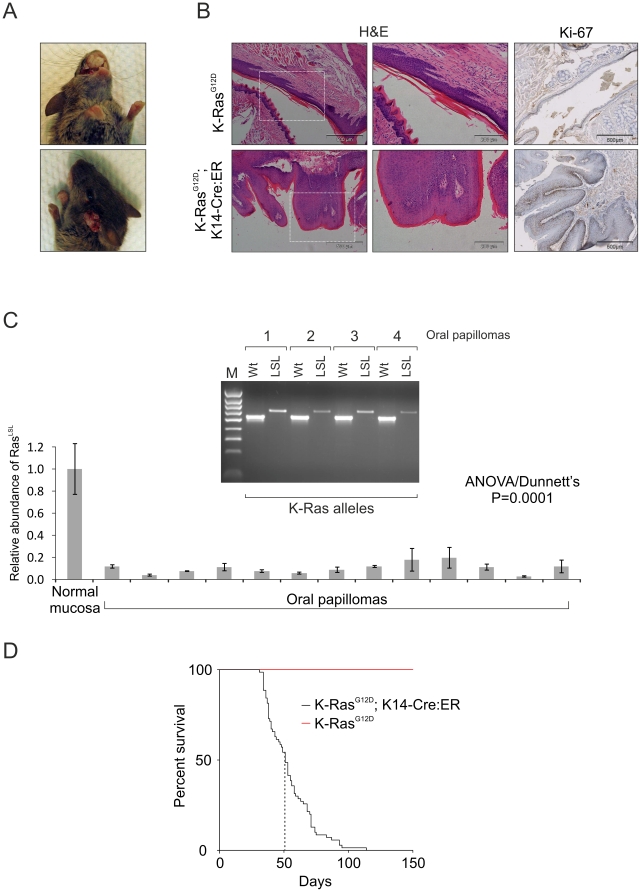Figure 1. Spontaneous development of papillomas in mice carrying a LSL-K-RasG12D allele on a K14-Cre:ER background.
(A) Within weeks of birth LSL-K-RasG12D;K14-Cre:ER mice developed papillomas, predominantly in the oral epithelium (upper panel, 78 of 78 mice observed) and occasionally at additional sites such as the side of the head (lower panel, see Table 1 for incidence). (B) Hematoxylin and eosin staining (H&E) of oral epithelium shows typical staining in LSL-K-RasG12D mice (upper panel) and large intensely staining growths in LSL-K-RasG12D;K14-Cre:ER mice (lower panels). Staining for the proliferation marker Ki-67 revealed low levels in LSL-K-RasG12D but elevated levels in the proximal regions of papillomas from LSL-K-RasG12D;K14-Cre mice. (C) Genotyping of genomic DNA from isolated oral papillomas using a wildtype-allele specific primer pair (Wt) and floxed transcription termination cassette-specific primer pair (LSL) showed a reduction in the abundance of LSL amplicon within four independent papillomas (upper panel). This was confirmed by qPCR using the same primer pairs (lower panel). (D) Kaplan-Meier survival curve of LSL-K-RasG12D and LSL-K-RasG12D;K14-Cre:ER mice shows the dramatic differences between each mouse strain. Median survival for LSL-K-RasG12D;K14-Cre:ER mice was determined to be 51 days.

